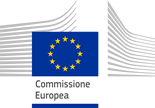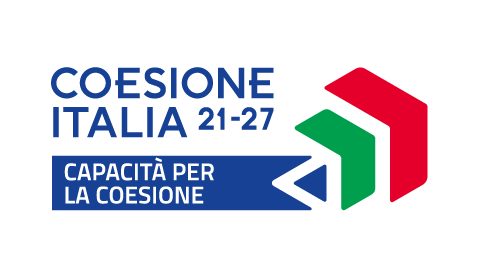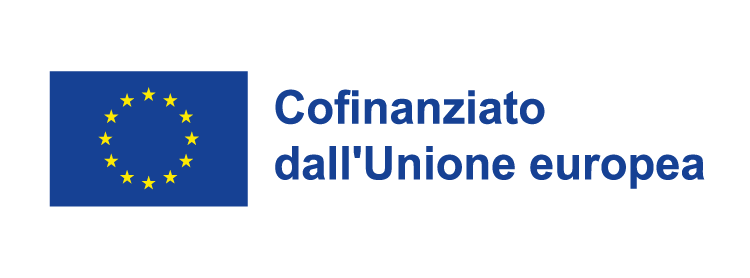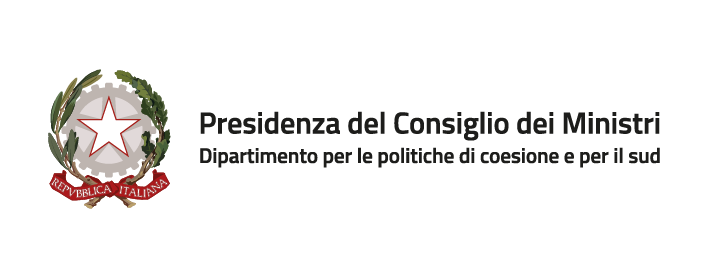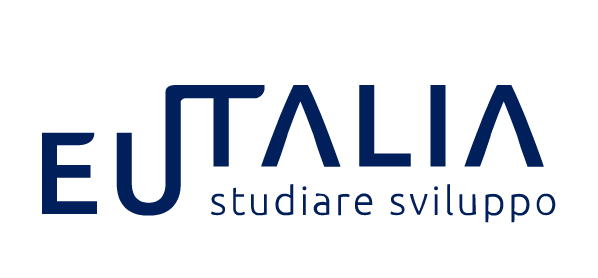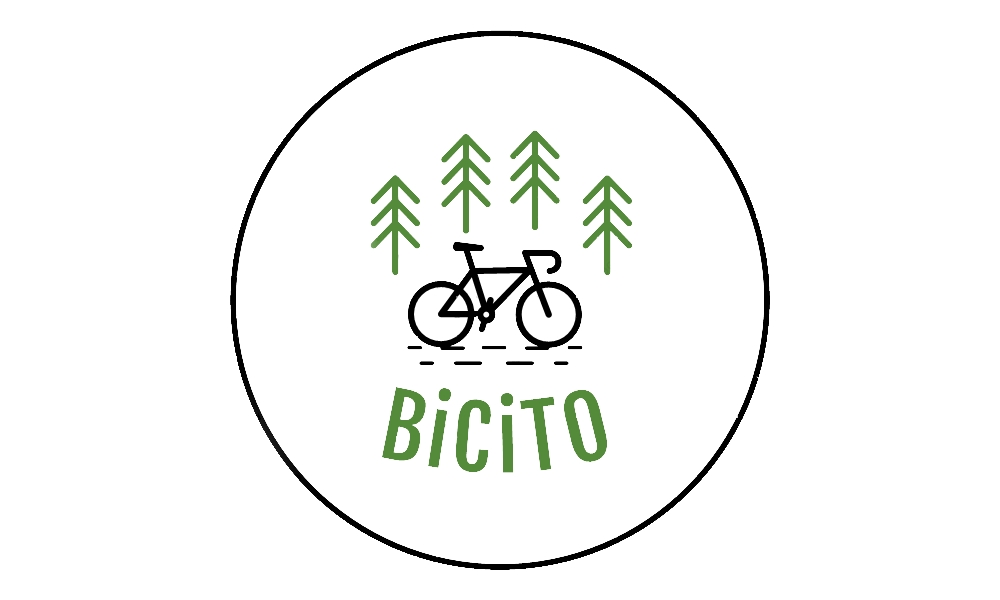
We are a group of 26 students from Liceo Volta in Torino. 24 of us belong to 3AS (a class involved in an experimental curriculum 3.0), while 2 of us are from 3A (of the traditional scientific curriculum in our school) and we already collaborated on a project last year.
First of all, the class took care of selecting a series of projects that they considered interesting, based on the usefulness that resulted once completed, and on the basis of the point at which the construction had arrived. After consulting, we decided to choose the project that our city has decided to implement on sustainable mobility through incentives for the use of scooters and bicycles. In particular it deals with the construction of a cycle path in Turin (the Green Belt cycle path). Our choice fell on this project as our way of life, today based mainly on traditional fossil fuels, has led us to climate change. The necessary fight against the global temperature has forced the world economy to adapt to the situation. Current governments are trying to abandon the use of these fuels and are trying to find more sustainable solutions. The main sources of pollution in urban areas are: automotive traffic, the heating of civil buildings, and toxic residues produced by many industries.
The subjects this research is addressed to are people of all age groups, from the youngest children to adults, as everyone could use a cycle path to move from one place to another. Our task is also to involve the citizens of Turin as much as possible, raising awareness of less polluting means of transport. Two main Turin bodies and a national one are involved in the realization of this project: the Municipality of Turin, Viglietti Antonio & Figli srl and ISTAT.
Since there are 26 members in this project, we decided to work in 2 sub-teams consisting of the following members:
- a project manager, who is in charge of checking the work done by the project participants and making sure that the deadlines are met;
- two coders, who study what is to be done for the next lesson;
- a head of research who together with
- the analyst collect the useful data for the research;
- two social media managers who keep the social networks created updated through posts, stories, tweets;
- two storytellers who take note of the work done in class;
- two designers who create a logo to represent the team;
- two bloggers who rework the data provided to write and summarize the decisions made.
Choosing the name was easy, we were looking for something simple and intuitive, the most brilliant idea was to call ourselves BiCiTO. The acronym fully includes the word "bike", precisely to emphasize that the construction of the cycle path concerns the bicycle, while "TO" is the abbreviation for Turin, the city where the cycle track will be installed. It is also a pun on the pronunciation of PCTO, since this project can be part of the curriculum that will take us to the final exam and beyond.
Both subteams provided a logo, than we chose the one best liked by the majority. The logo created by the designer depicts a bicycle, again in correspondence with the cycle path, while the four small trees symbolize ecology. The cycle path itself will go from Via Nole to Via Calabria, where it will split in two different directions: north and south. The path to the north will go along the Ceronda Canal, while the southern path will head towards Corso Regina Margherita and ultimately reach the Carrara park, commonly called "Parco della Pellerina". The total extension of the cycle path is 3.2 km, and so far 1.37 km have been laid down. This amounts to a total budget of 1.088.638,00€, of which 448.700,00€ have been paid and used.
Finally, we have decided to publish our research in English because the ASOC project is reaching out to other European countries, and we thought that it would be a good idea if the people involved in this project outside Italy could actually read and relate to what we are doing.











